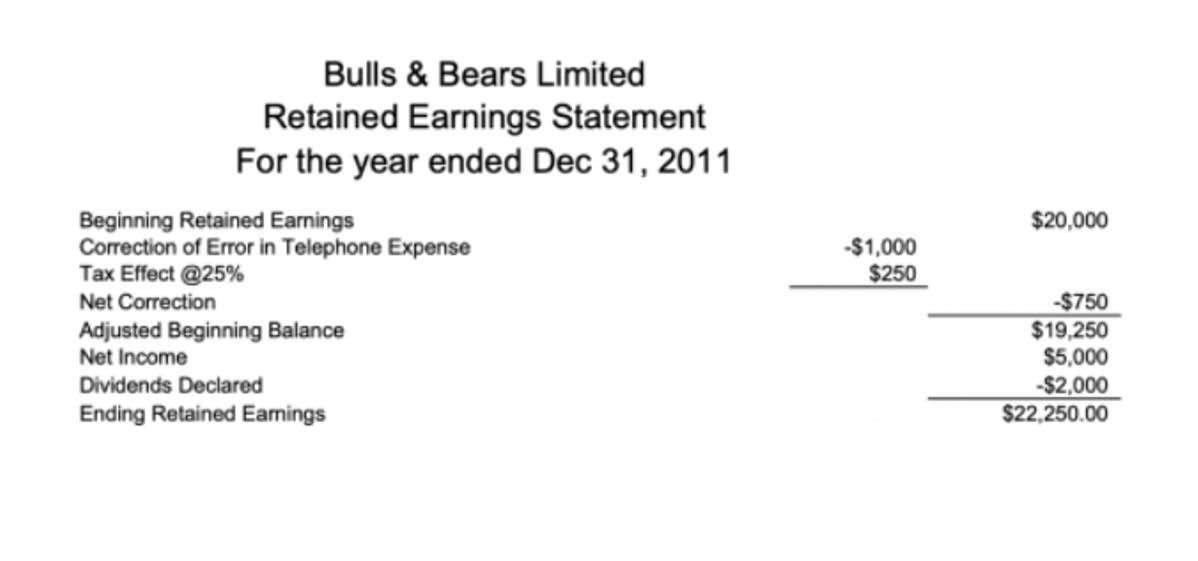


To close that, we debit Service Revenue for the full amount and credit net sales Income Summary for the same. The fourth entry requires Dividends to close to the Retained Earnings account. Remember from your past studies that dividends are not expenses, such as salaries paid to your employees or staff.
- All drawing accounts are closed to the respective capital accounts at the end of the accounting period.
- The T-account summary for Printing Plus after closing entries are journalized is presented in (Figure).
- The next and final step in the accounting cycle is to prepare one last post-closing trial balance.
- Closing entries are typically made at the end of an accounting period, after financial statements have been prepared.
- All income statement balances are eventually transferred to retained earnings.
Account

The Income Summary account, which reflects the net income or loss, is then How to Run Payroll for Restaurants closed to Retained Earnings (or Capital). This is done by debiting the Income Summary and crediting Retained Earnings if there’s net income, or vice versa for a net loss. By properly recording closing entries, businesses maintain consistency and accuracy in their financial reports. Before we get into how to journalize closing entries in accounting, let’s first understand what they are and their significance. This moves the net income balance into retained earnings where it remains as part of the company’s cumulative earnings.
Reimagine Financial Close with Agentic AI
- In accounting, a monthly close is a series of steps a business follows to review, record, and reconcile account information.
- However, it will provide a better audit trail for the accountants who review these at a later point in time.
- By properly recording closing entries, businesses maintain consistency and accuracy in their financial reports.
- To close the income summary account to the retained earnings account, Bob needs to debit the retained earnings and credit the income summary.
- In scenarios where a separate Dividends account has been in use during the period, this temporary account is swept clean at year-end.
We need to do the closing entries to make them match and zero out the temporary accounts. Revenue accounts, like Sales Revenue, are closed by transferring their balances to the Income Summary account. This is done by debiting the revenue account and crediting the Income Summary, resetting the revenue accounts to zero. A closing entry is recorded by debiting the relevant temporary account and crediting the relevant permanent account. To close the account, we need to debit the income summary account and credit all the relevant individual expenses accounts such as utilities expense, wages expense depreciation expense, etc.

What is the correct order for closing accounts?

A closing entry is a journal entry made at the end of a reporting period that cancels or “zeroes out” a transaction. This is part of a larger process to reset the account in question and prepare it for the next reporting period. Closing entries will be done in so-called temporary or nominal accounts and involve shifting data from temporary accounts to permanent accounts.

Close Expense Accounts
These entries reset all temporary accounts to zero and transfer their net effects to the permanent retained earnings account. Understanding the difference between temporary and permanent accounts is essential for grasping why closing entries are necessary in the accounting process. The next and final step in the accounting cycle is to prepare one last post-closing trial balance. Now that the journal entries are prepared and posted, you are almost ready to start next year. Remember, modern computerized accounting systems go through this process in preparing financial statements, but the system does not actually create or post journal entries.

The Closing Process Step-By-Step
- Businesses typically prepare, post, and document hundreds or thousands of recurring and nonrecurring entries each period.
- Temporary accounts, as mentioned above, including revenues, expenses, dividends or (withdrawal) accounts.
- He has been the CFO or controller of both small and medium sized companies and has run small businesses of his own.
- Also known as “closing the books,” year-end closing is the process of reviewing, reconciling, and verifying that all financial transactions and aspects of the company ledgers from the past fiscal year add up.
- And closing entries accounting are used to reset the balances of temporary accounting to zero so they are ready for the next accounting period.
- This is a book of original entries where raw data regarding business transactions is first recorded before it is posted to the appropriate accounts in the general ledger.
Revenues and expenses are transferred to the Income Summary account, the balance of which clearly shows the firm’s income for the period. Closing entries are recorded as journal entries in the general ledger. Each temporary account (revenues, expenses, dividends/drawings) is reduced to zero by transferring its balance to the appropriate permanent account using debit and credit entries. Each of these closing journal entries in accounting ensures that the temporary accounts are reset and do not interfere with the next period’s transactions. The closing process reduces the balances in the permanent accounts to zero at the end of closing entries each period.
The first closing entry transfers your revenue account balances to an income summary account. This effectively closes out your revenue accounts like sales, fees earned, and interest income so they start the next period with a zero balance. Without proper closing entries, your financial statements could become inaccurate, making it impossible to evaluate period-by-period performance.
